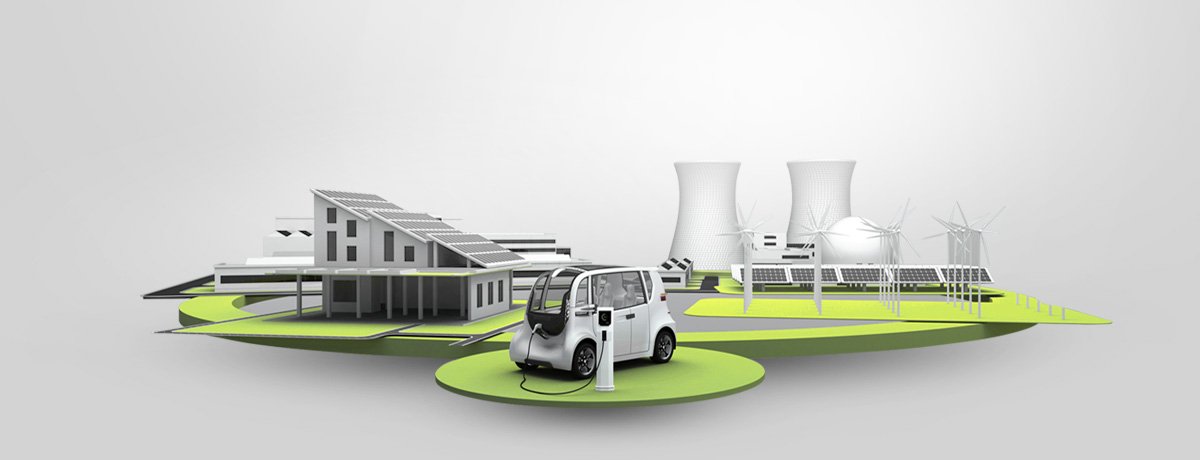International Energy Agency (IEA) says that the recent fast growth coupled with dropping cost as well as supportive public policies will make electric vehicles, energy storage, solar photo-voltaic and wind a zero emission technologies in very near future.
For the very first time these are four technology categories that are actually on track to meet the 2DS vision which to refers to a 2º Celsius scenario, in which the human-caused increase in global average surface temperature is held to no more than 2º C.
To achieve this scenarios in time to prevent widespread disruption of life on earth, societies need more than just solar PV and wind. They also need solar thermal, geothermal, offshore wind, and an increase in hydro-power. Both the absolute level of renewable energy and the worlds’ share of renewable energy need to increase rapidly enough to eclipse fossil fuels by 2050.
Right now total renewables account for about 25 percent of global energy. To stay on track, that number needs to increase to 35 percent by 2025. If the world is ever to achieve net-zero carbon emissions, societies must capture emissions that can’t be avoided like aircraft and shipping emissions. We have to use bio-energy in a way that’s going to maximize our ability to generate negative emissions to make up for positive emissions in transport and industry and elsewhere that are either technically very difficult or impossible or very expensive to remove.
Carbon capture is a viable technology already, though without subsidies it has remained too expensive for widespread implementation. About 30 million tons of CO2 are captured annually already. But that number has to be much higher in a zero-carbon society.






